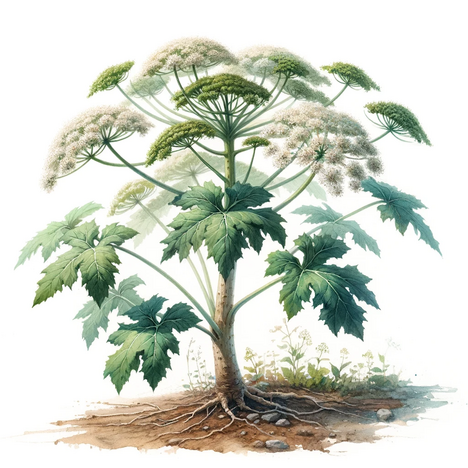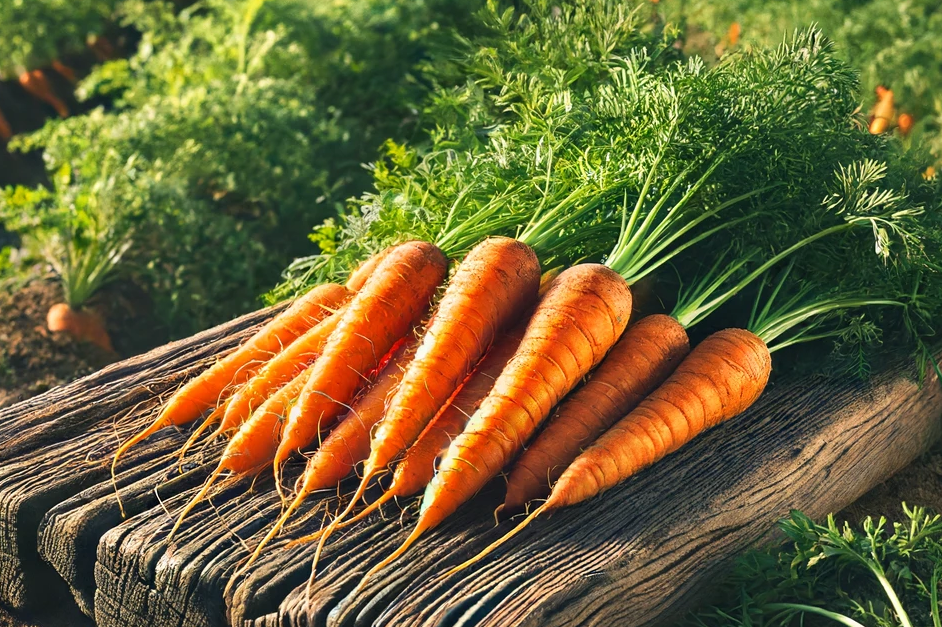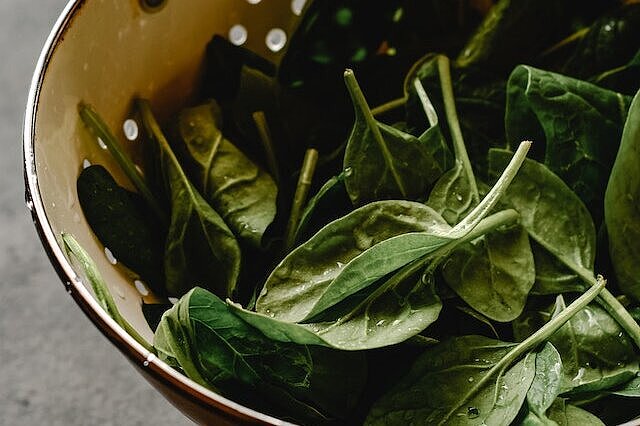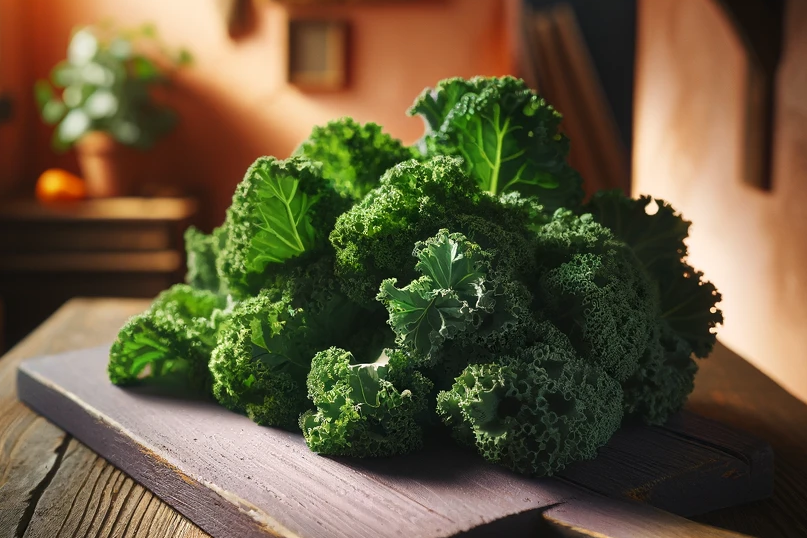Hogweed

How can I tell the difference between meadow hogweed and giant hogweed?
Meadow hogweed usually grows no taller than 1.5 meters and has smaller leaves and flowers than giant hogweed. The giant hogweed can grow up to 5 meters high and has huge leaves with serrated edges and flowers with a diameter of up to 50 centimetres. Giant hogweed also has red spots on the stem.
Why is giant hogweed poisonous to dogs?
Giant hogweed contains various furanocoumarins (plant toxins), which lead to a so-called phototoxic reaction on contact with the skin when exposed to sunlight: Pustules and blisters form that resemble burns. The affected areas are very painful and can become inflamed or even scarred. The eyes can also be damaged.
What are the benefits of hogweed?
The small meadow hogweed is not poisonous to dogs or humans and can even be used as a medicinal plant. Among other things, it contains vitamin C, potassium and magnesium. It has an anti-inflammatory, diuretic and antispasmodic effect. It can help with gastrointestinal problems or skin diseases, for example.
How can I protect my dog from hogweed?
The best precaution is to keep your dog on a lead and not let him sniff or eat unknown plants. If you suspect that your dog has come into contact with hogweed, you should take him out of the sun immediately and rinse the affected areas with cold water. You should then consult a vet.
Hogweed is a plant with two faces: the small meadow hogweed is harmless and useful, while the large giant hogweed is dangerous and harmful. It is therefore important for dog owners to distinguish between the two species and protect their dogs from coming into contact with the poisonous giant hogweed.
Properties 4
Are you looking for other ingredients with a specific property?
Just click on them to find more.
If you notice any signs of hypersensitivity or poisoning in your dog, you should see your vet immediately. We are not a substitute for a vet, but we try to be as accurate as possible. Every dog reacts differently and we recommend you get a second opinion or consult your vet if in doubt.
Stay healthy and take good care of your four-legged friend!😊
Similar to Hogweed
Carrots are root vegetables that belong to the umbellifer family. They have an orange color, which comes from the plant pigment beta-carotene. This is converted in the body into vitamin A, which is...
Celery is a plant from the umbellifer family that occurs in various forms. The best known are white celery, celeriac and cut celery. Celery has long, green stalks with leaves that are often eaten as...
Spinach is a plant from the goosefoot family that originally comes from Asia. It has been cultivated and eaten as a vegetable for centuries. Spinach has large, dark green leaves that are rich in...
Kale belongs to the cruciferous family and is closely related to broccoli, cauliflower and kohlrabi. It has large, curly leaves that can be green or purple, depending on the variety. Kale is mainly...



